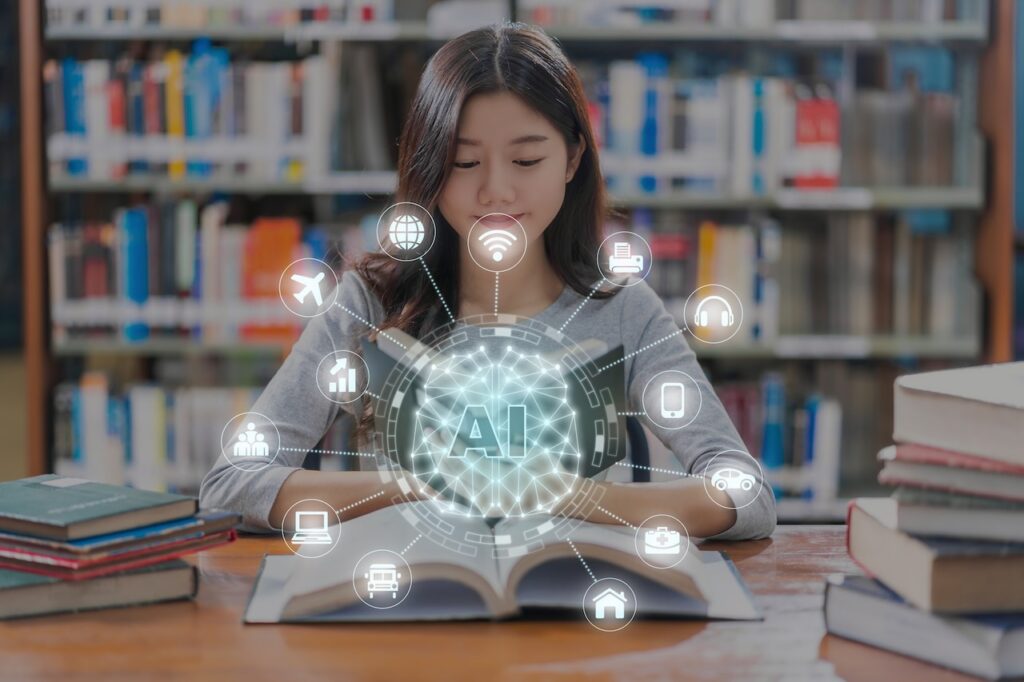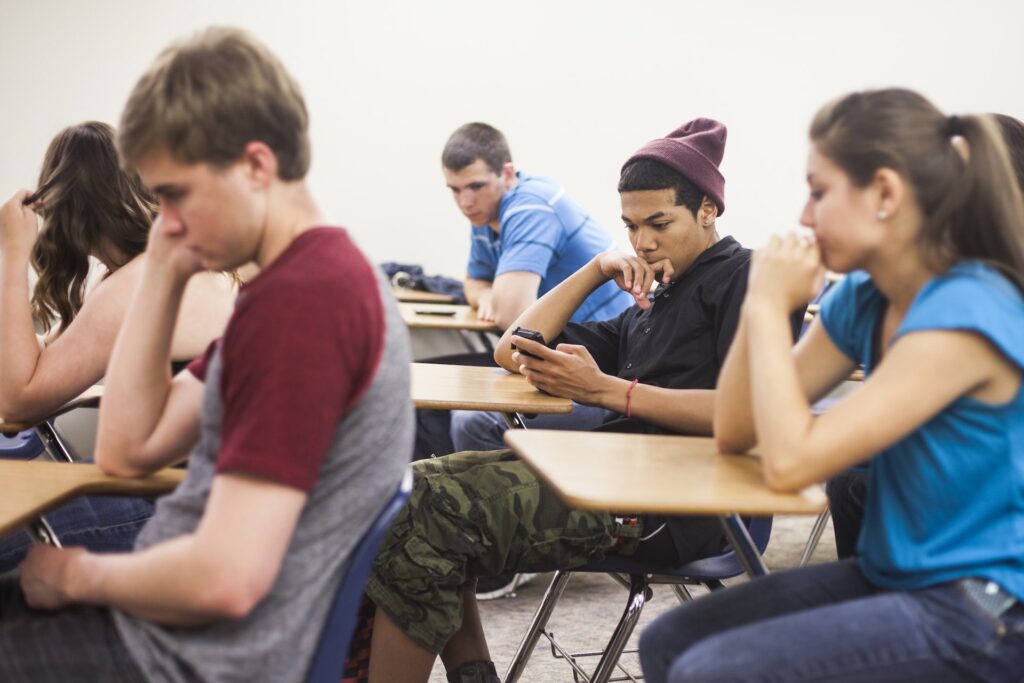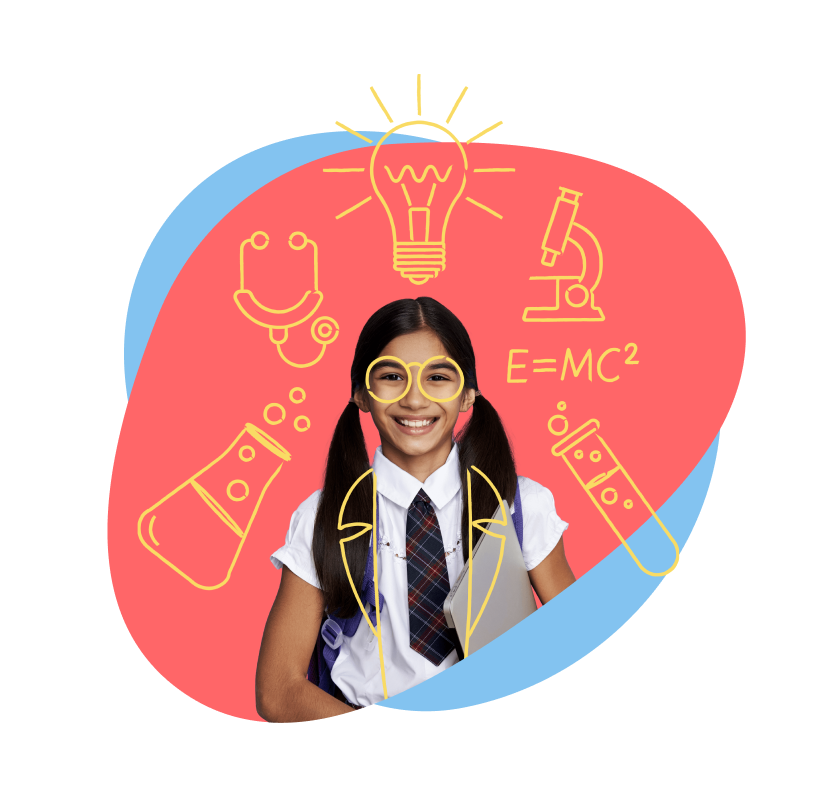Today, students have access to a number of studying aids from print options to screen selections. Each student is unique and so are their studying habits. Which students are reading paper vs. computer screen? Why? Educators often allow students how to try varied studying strategies. This encourages students to find their studying preferences.
Print Vs. Digital Screen Reading Habits
A 2019 analysis by a University of North Dakota professor found that students of all ages absorb more information when they’re reading directly on paper. An international analysis also concluded that paper beat screens by over a fifth of a standard deviation. What does this mean exactly? Reading from paper can help students recall information much more easily and retain it for longer periods. Read on to learn more about reading paper vs. computer screen.
Benefits of Using Paper For Studying Instead of Screens
There are certainly similarities between reading paper vs. computer screen. However, there are also significant differences. Print books have seen a resurgence in popularity among students of all ages. Here are a few reasons why reading printed information is more beneficial:
- Absorb and Recall More Information Anyone who reads from print books instead of screen technology absorbs more information. An Ackerman and Goldsmith (2011) study found that participants who study digitally dedicated less time and had lower comprehension scores. Print books allow students to mark the progress they’ve made and go back to confirm that information. Being able to highlight, underline and bookmark valuable information keeps a student’s performance much more consistent.
- Much Easier on the Eyes. It’s no secret that digital screens take a toll on the eyes! In fact, too much screen time can impact a student negatively. Using digital technology to complete homework or study can act as a distraction. The internet offers too many distractions that can hinder a student’s studying. Reading via a screen makes the eyes work much harder than reading a print book. Studies have shown that people tend to blink far less when reading on a screen. This can cause the eyes to dry out and become sore. This strain can become irritating and impact a student’s performance.
- Less Likely to Get Distracted. Students who read e-books over print books have a tendency to become distracted more easily. This is not just because of easy access to the internet. Digital readers dedicate more time to scanning keywords which breaks up their reading. E-books with multimedia experiences can be especially distracting. Although the books may engage the reader temporarily, readers remembered fewer narrative points in the end than print readers. E-readers are not always able to recall the information they consumed. They may also have lower reading comprehension.
- Enhance the Joy of Reading. Textbooks allow students to experience the authentic pleasure of reading. Print book sales are on the rise for a number of reasons. Not only do they offer a traditional form of reading, print books also last for a long period of time. Books a student can hold and shift through can inspire them and prevent distractions. They also allow a student to have more autonomy. This is because students can jot down notes, highlight key pieces of information and refer back. This sets a good example for kids!
Make The Switch From Screen To Paper Reading
Whether your child prefers e-books or print books, remember that the experience of reading can enrich their life. Although e-books have become easily accessible and immersive, print books offer children a more authentic, healthy learning experience. Encourage your child to make the switch from e-books to print books to enhance their reading performance.





